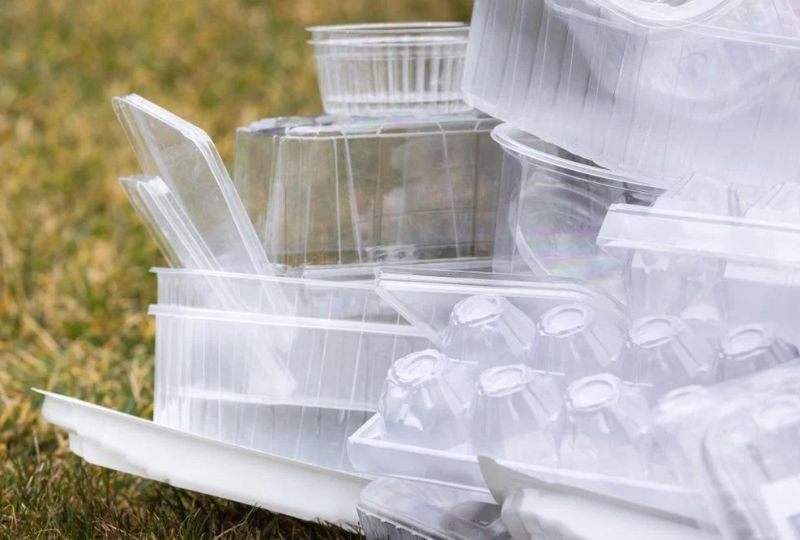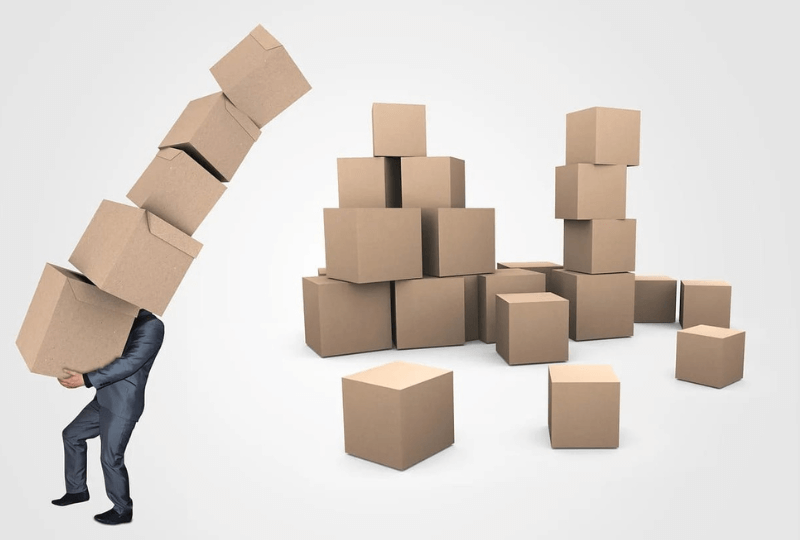Plastic packaging and waste have become ubiquitous in our modern society, serving various purposes, from food preservation to product protection. However, the environmental consequences of plastic usage are profound and far-reaching. This article will explore plastic packaging or waste’s top 10 ecological impacts.
Table of Contents
ToggleWhat is Plastic Packaging or Waste:
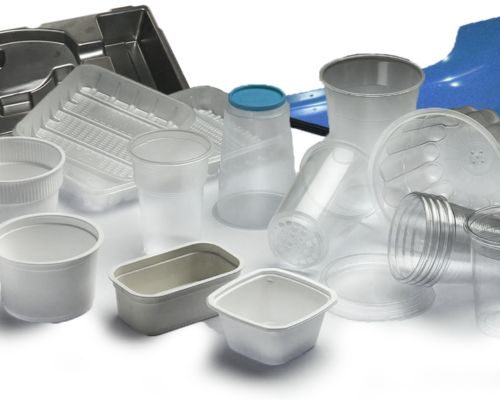
Plastic packaging refers to plastic materials to enclose or protect goods for distribution, storage, sale, and use. Conversely, plastic waste encompasses discarded plastic materials that do not serve any further purpose. Both forms contribute significantly to environmental degradation due to their persistence and inability to biodegrade quickly.
Top 10 Impacts of Plastic Packaging or Waste:
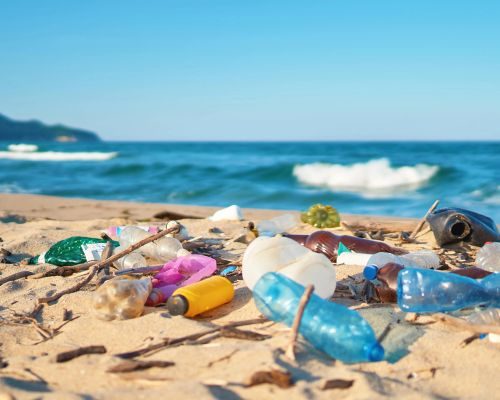
Here are The Top 10 Impacts of Plastic Packaging or Waste:
- Pollution of Waterways:
- Harm to Marine Life:
- Accumulation in Landfills:
- Microplastic Pollution:
- Threat to Wildlife:
- Chemical Contamination:
- Greenhouse Gas Emissions:
- Depletion of Natural Resources:
- Soil Contamination:
- Economic Costs:
1. Pollution of Waterways:
Plastic packaging and waste often find their way into water bodies such as rivers, lakes, and oceans, leading to water pollution. This pollution threatens aquatic ecosystems, as marine animals ingest plastic debris, mistaking it for food. Additionally, plastic pollution disrupts the balance of marine ecosystems and harms biodiversity.
2. Harm to Marine Life:
Marine animals, including seabirds, fish, turtles, and marine mammals, significantly greatly from plastic packaging or waste in their habitats. Entanglement in plastic debris can lead to injuries, suffocation, and even death. Furthermore, ingesting plastics can cause internal blockages, starvation, and toxicological effects, ultimately jeopardizing marine species’ survival. Related : Eco- Friendly Packaging is Better for the Environment than Traditional?.
3. Accumulation in Landfills:
Plastic packaging and waste contribute significantly to the mounting volumes of waste in landfills worldwide. Due to their non-biodegradable nature, plastics persist in landfills for hundreds to thousands of years, occupying valuable space and emitting harmful gases as they degrade. This accumulation exacerbates the challenges associated with waste management and landfill capacity.
4. Microplastic Pollution:
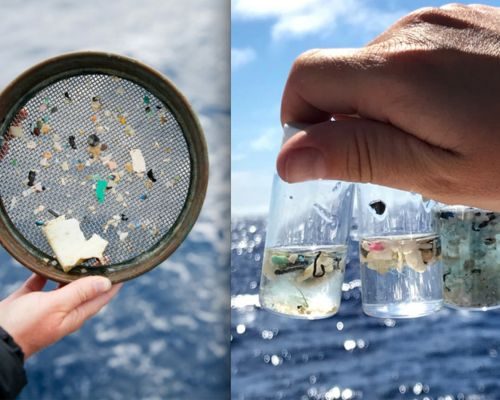
Over time, more oversized items break down into smaller fragments known as microplastics, which measure less than 5 millimetres. These microplastics permeate the environment, contaminating soil, water, and air. Their small size enables them to be ingested by organisms at various trophic levels, potentially causing widespread ecological harm and posing risks to human health.
5. Threat to Wildlife:
Plastic packaging and waste pose a significant threat to terrestrial wildlife, with many animals falling victim to ingestion or entanglement. Land-dwelling species such as birds, mammals, and reptiles encounter plastic debris in their habitats, leading to injuries, digestive issues, and reproductive problems. Plastic pollution alters natural ecosystems and disrupts ecological processes, endangering vulnerable species. You may also like to read Frustration-Free vs Standard Packaging.
6. Chemical Contamination:
Plastic materials often contain additives such as plasticizers, flame retardants, and colourants, which can leach into the environment over time. These chemical substances may contaminate soil, water, and air, posing risks to human health and ecological integrity. Persistent organic pollutants (POPs) adsorb onto plastic surfaces, further amplifying the potential for environmental contamination and bioaccumulation in food webs.
7. Greenhouse Gas Emissions:
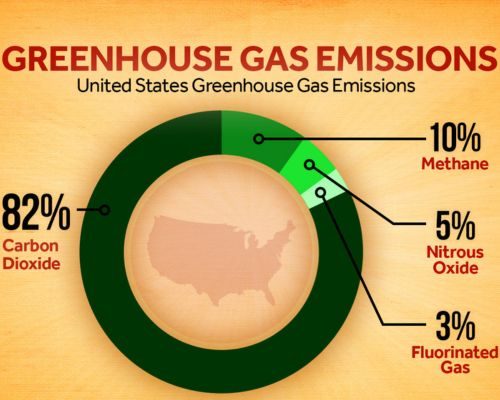
The production, transportation, and disposal of plastic packaging and waste contribute to greenhouse gas emissions, exacerbating climate change. The manufacturing of plastics involves the combustion of fossil fuels, releasing carbon dioxide and other greenhouse gases into the atmosphere. Additionally, plastic incineration generates emissions of carbon dioxide, methane, and other pollutants, further intensifying the greenhouse effect.
8. Depletion of Natural Resources:
The extraction and processing of raw materials for plastic production, such as petroleum and natural gas, depletes finite natural resources and contributes to environmental degradation. Moreover, the energy-intensive nature of plastic manufacturing consumes significant amounts of energy, predominantly derived from fossil fuels. The depletion of natural resources for plastic production undermines sustainable development efforts and perpetuates reliance on non-renewable energy sources.
Read More: Best Way to Store Cardboard Boxes?
9. Soil Contamination:
Plastic packaging and waste contaminated soil through direct deposition or the breakdown of larger plastic items into microplastic particles. These particles can accumulate in agricultural soils, impairing soil fertility, microbial activity, and nutrient cycling processes. Plastic pollution in soil also risks plant health and ecosystem functioning, with potential repercussions for food security and agricultural sustainability.
10. Economic Costs:
The environmental impacts of plastic packaging and waste entail substantial economic costs for society, ranging from cleanup and remediation expenses to healthcare costs and loss of ecosystem services. Governments, businesses, and communities bear the financial burden of managing plastic pollution and mitigating its adverse effects on human well-being and natural environments. Moreover, the economic costs associated with plastic pollution extend beyond monetary considerations, encompassing social, cultural, and ethical dimensions.
Conclusion:
Plastic packaging and waste exert profound environmental impacts across various ecosystems, posing threats to biodiversity, human health, and the integrity of natural systems. Addressing these challenges requires concerted efforts from stakeholders, including policymakers, industries, consumers, and communities. By adopting sustainable practices, promoting circular economy principles, and embracing alternative materials and packaging solutions, we can mitigate the environmental impacts of plastic packaging and waste and transition towards a more resilient and sustainable future.
Read Our Latest Guide:
FAQs:
Plastic waste pollutes land, waterways, and oceans, harming wildlife and ecosystems.
Plastic packaging contributes to litter, takes centuries to degrade, and often ends up in oceans, posing a threat to marine life.
Plastic packaging contributes to habitat destruction, entanglement of marine animals, wildlife ingestion, leading to health issues and mortality.
Packaging materials, especially plastics, contribute to pollution, greenhouse gas emissions, and depletion of natural resources, exacerbating environmental degradation.
Plastic pollution leads to marine and terrestrial habitat destruction, ingestion by wildlife, entanglement, bioaccumulation of toxins, and disruption of ecosystems.
Plastic pollution harms marine life, contaminates soil and water, releases toxins, contributes to climate change, depletes resources, clogs drainage systems, threatens biodiversity, affects human health, disrupts food chains, and damages ecosystems.
Plastic pollution devastates ecosystems by contaminating land and water, endangering marine life, releasing harmful chemicals, and exacerbating climate change, necessitating urgent action to mitigate its impacts.

Meet Mary K, the talented author behind PackPaa. With a passion for innovative packaging solutions, Mary shares insights and expertise to elevate your business.














